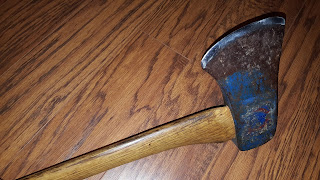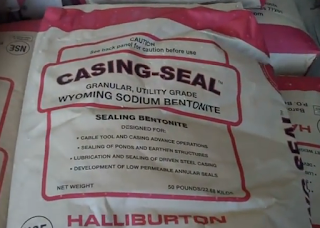In the Summer of 1978, a group of geologists
scouted the forest of Siberia for potential iron ore deposits. As they
traveled by helicopter across the treetops, they came across what appeared to
be a garden roughly 6,000 feet up the side of a mountain. While there
were no records of inhabitants there, this was later found to be the home of a
family who lived without interaction with others for over 40 years more than
150 miles from the nearest settlement.
The
group of four geologist were unable to land due to the dense forest. They
instead landed in a clearing 10 miles away and awaited a good day to travel to
the newfound area. The trip to the family's home site was ultimately led
by Galina Plisetskaya.
The family of four was found living in a small shack with only one window. The oldest male (Karp Lykov) came out of the shack as they approached and ultimately invited them in. The family consisting of the man's two daughters, and son were inside and visibly frightened by their guests.
The family, with the exception of one daughter who was not yet born, the family left their hometown in 1936 to avoid religious persecution. They left with a loom, seeds, and a few other items to live in isolation. The wife lived until 1961 when an especially hard year killed almost all their crops and exhausted their food supply. She died of starvation to ensure her children lived.
In 1981, three of the four family members all died within days of one another. The old many, Karp, believe it was due to illness which was brought by their visitors. Since they lived in isolation, they had no immunity system to fight the illness. They were offered help but the old man died apparently with the last words, “A man lives for howsoever God grants.” Karp Lykov died in his sleep on February 16, 1988, 27 years to the day after his wife, Akulina. The only family member left is a single daughter who continues to live in the same area and refuses to leave. She still lives there to this day but is now having more difficulty managing. From another article I found, she has some local people assisting her. To read more about the family, check out the Smithsonian Article on Lykov Family. If you can find it, there is also a book about the titled Lost in the Taiga written by Vasily Peskov.

















